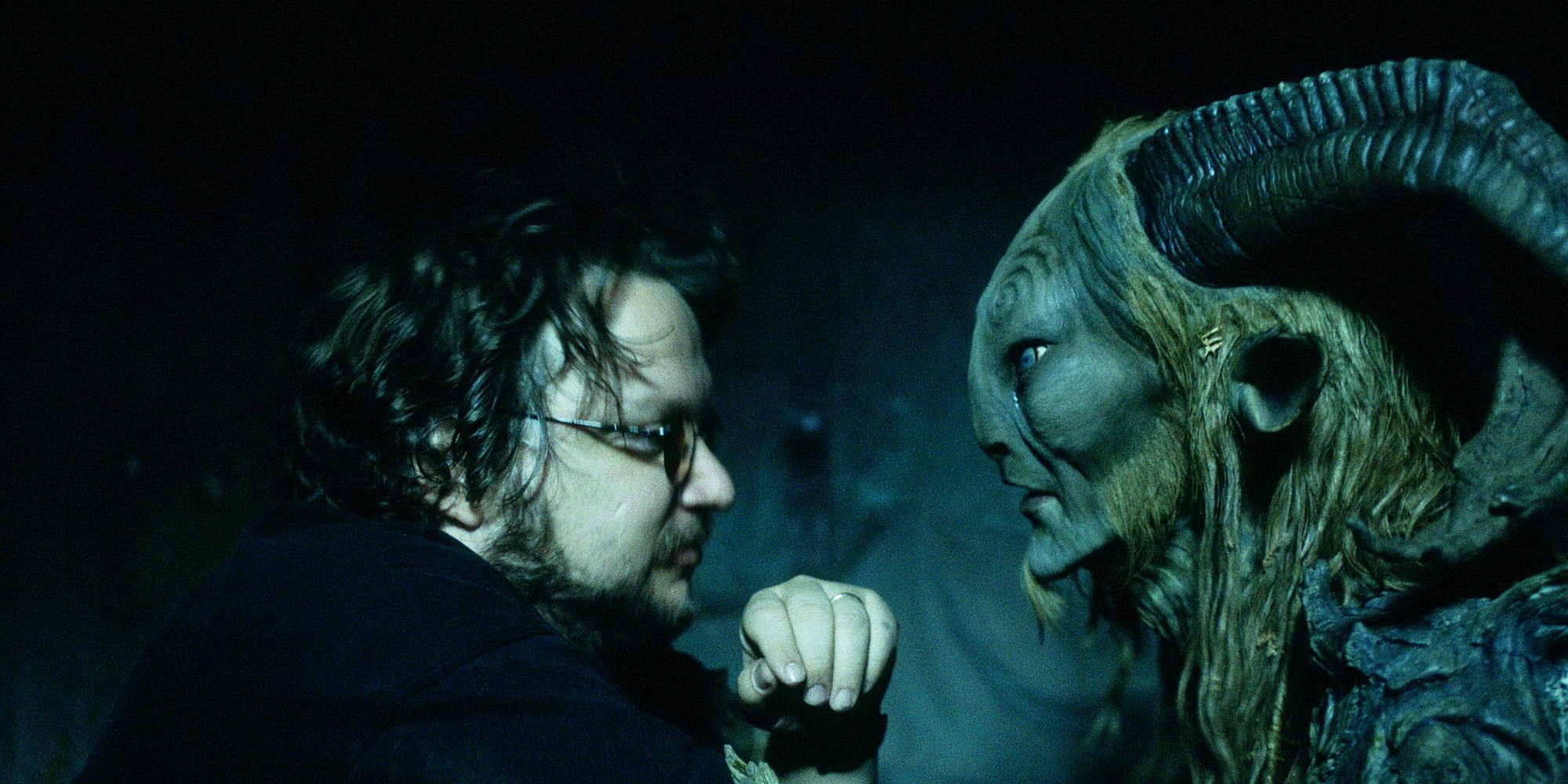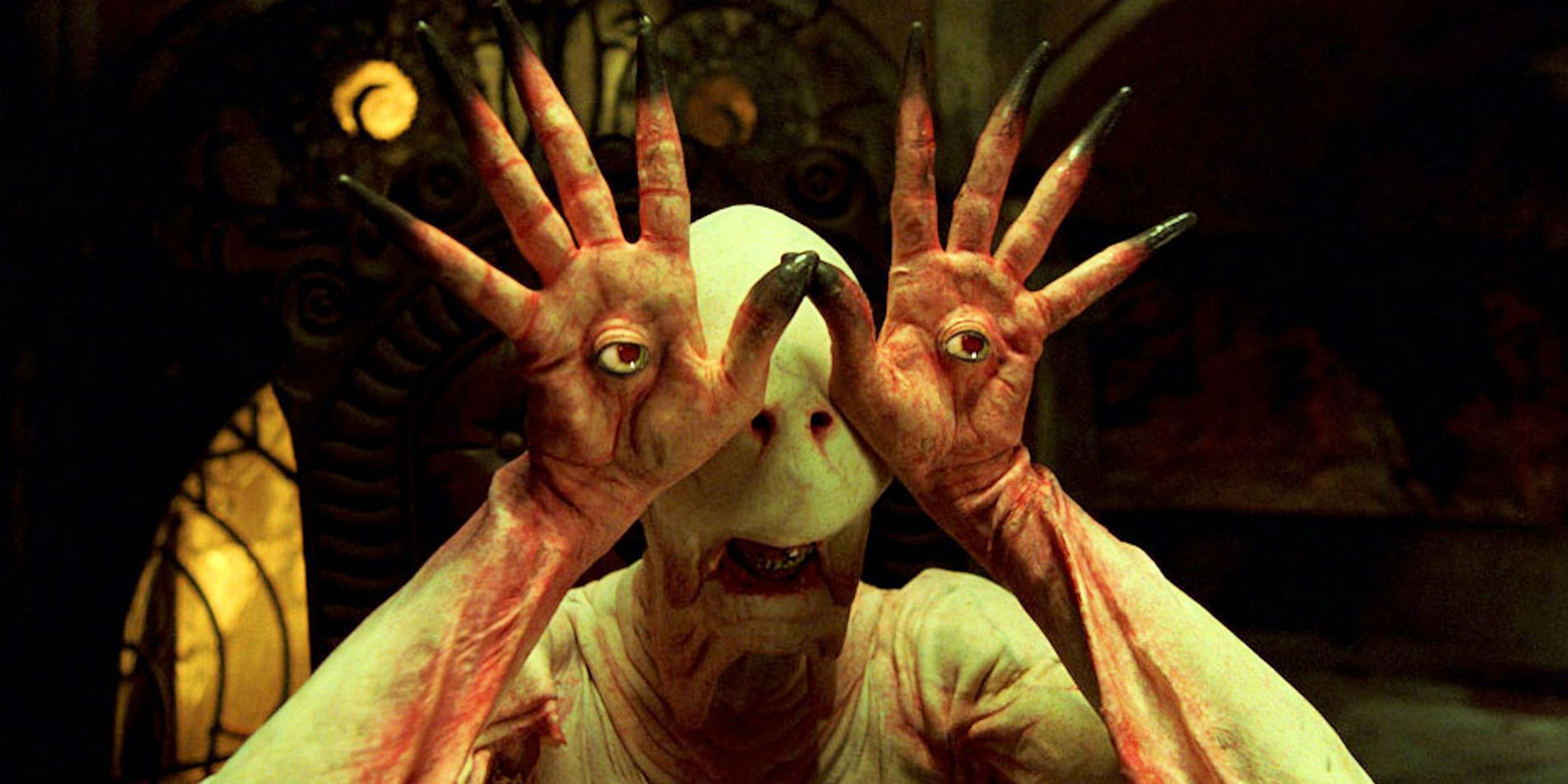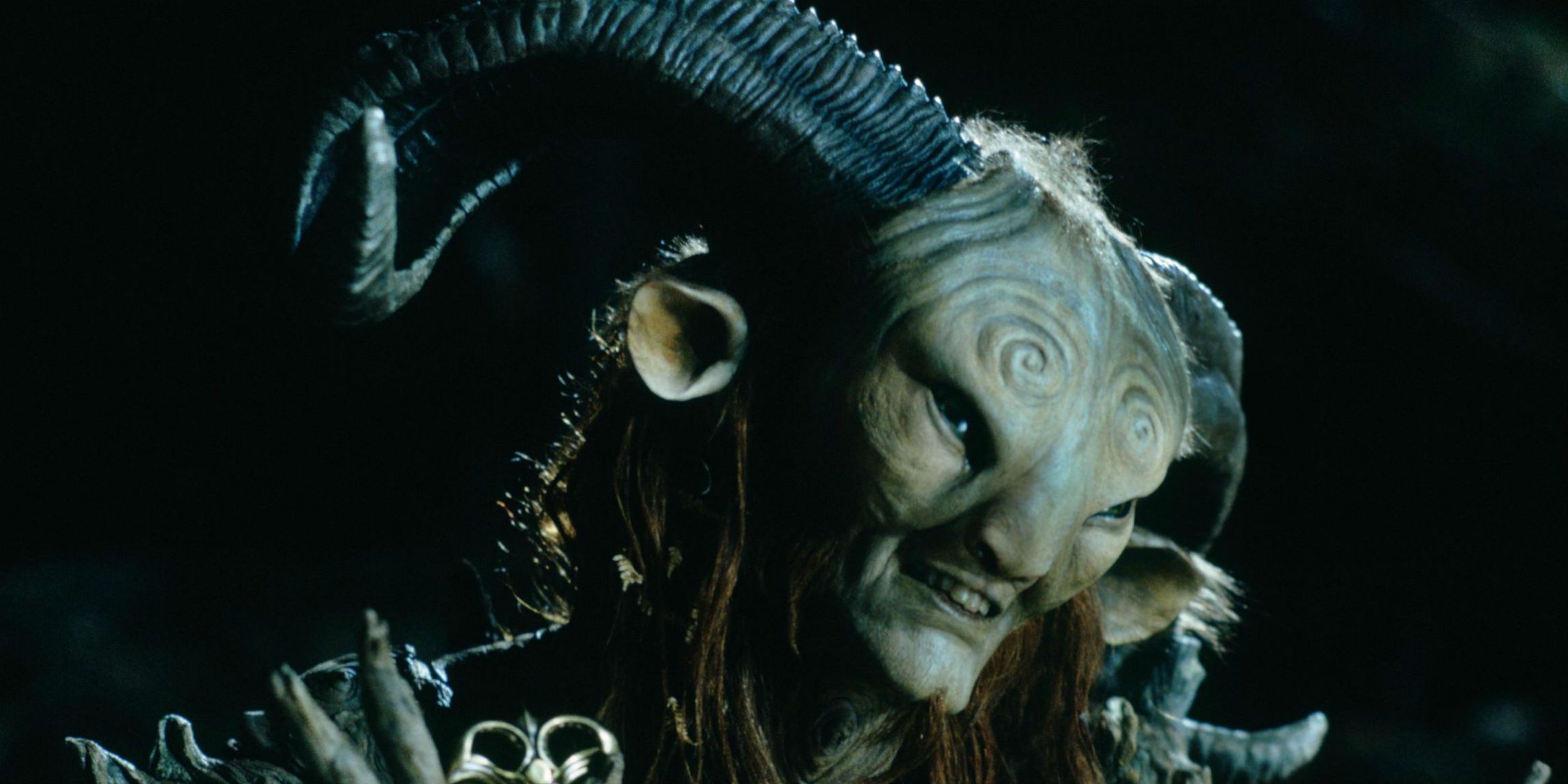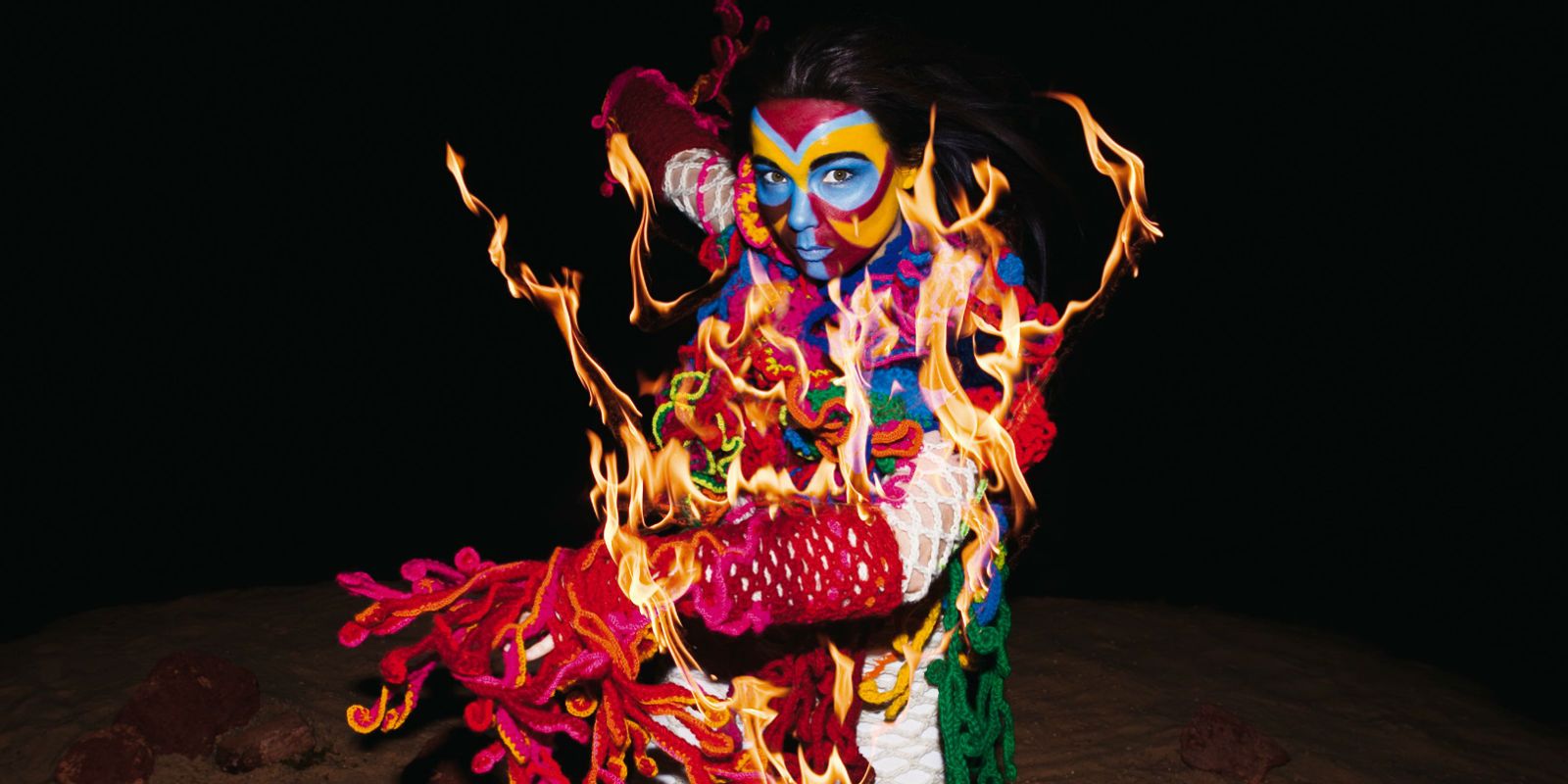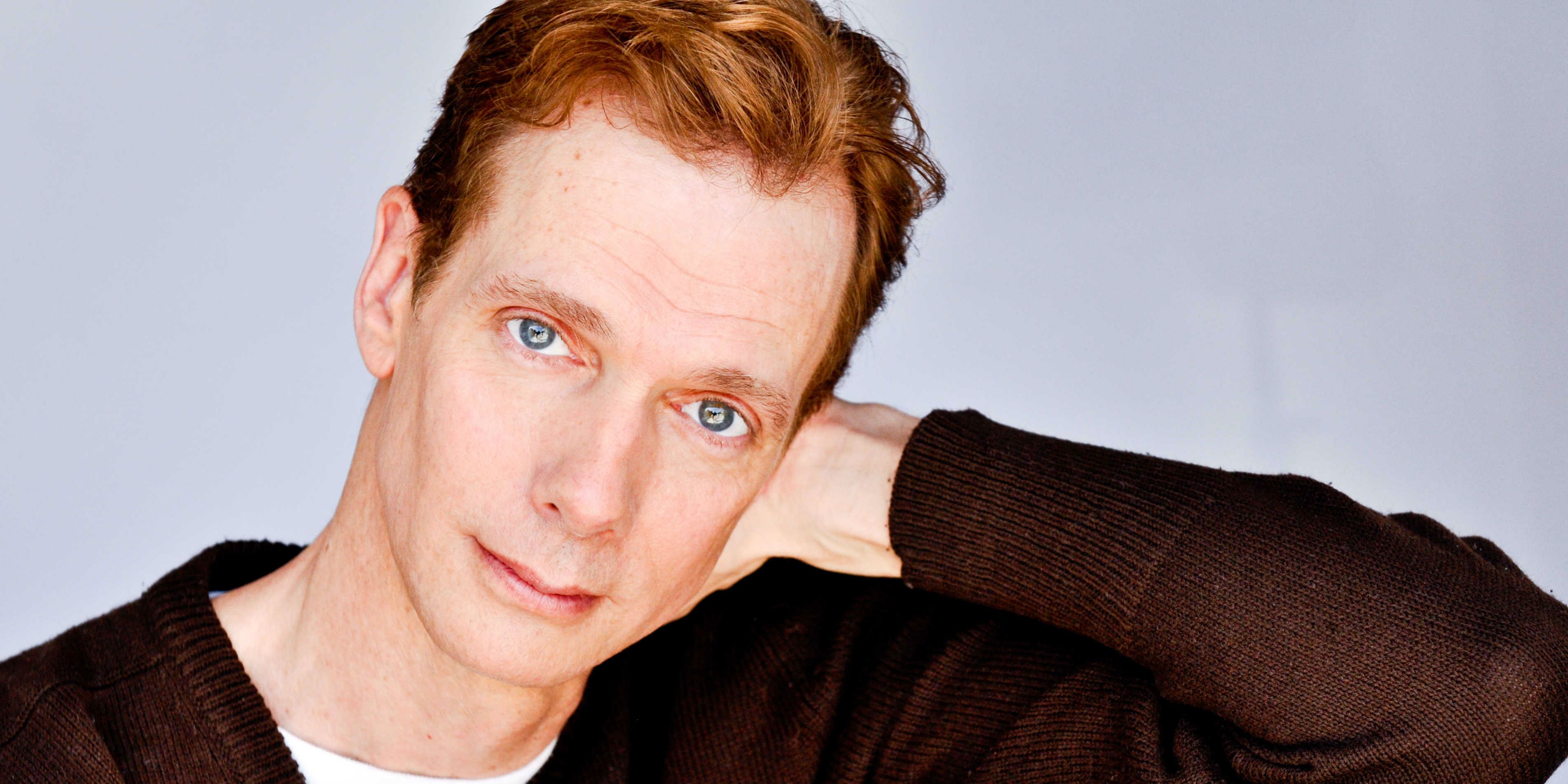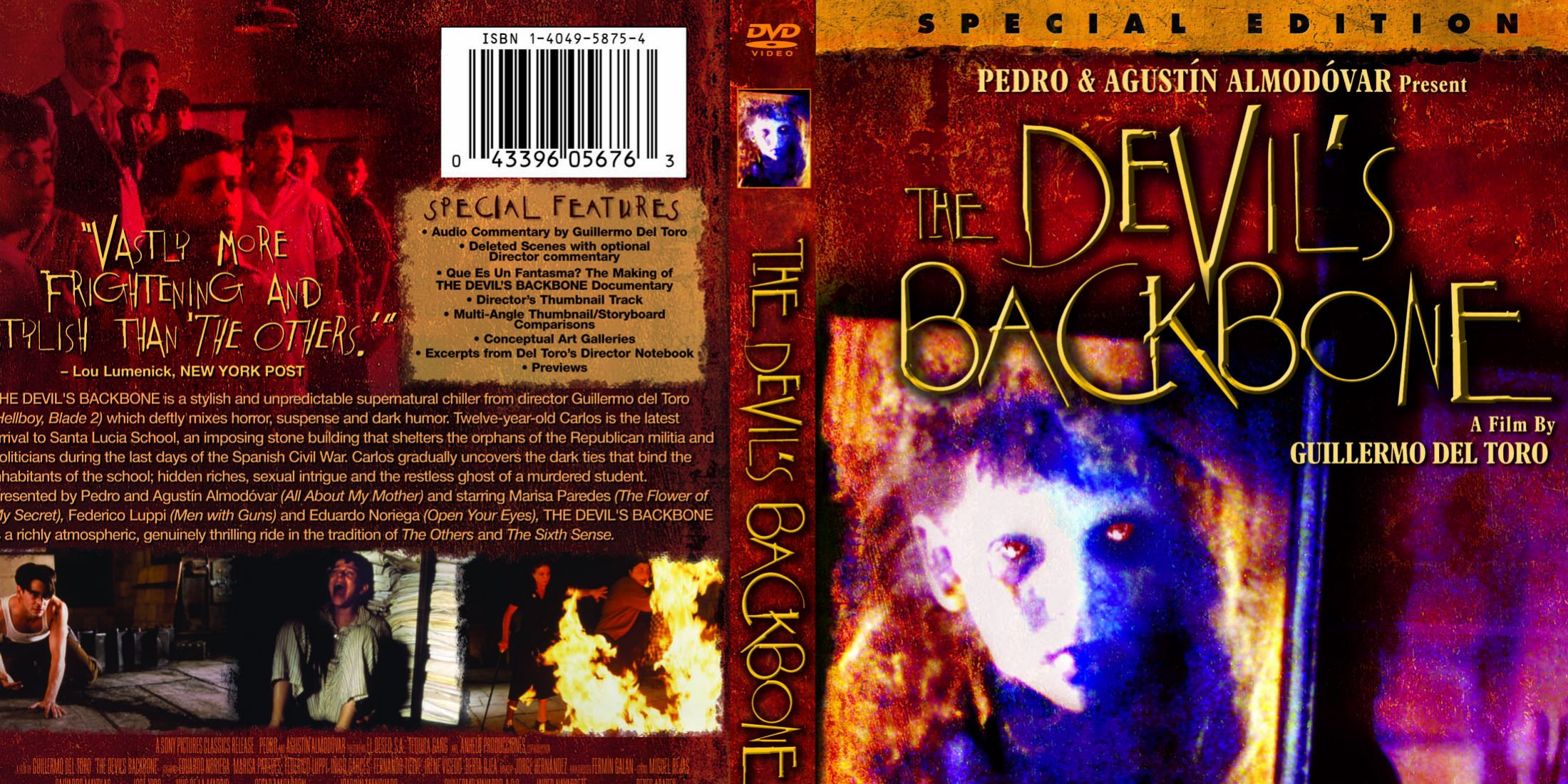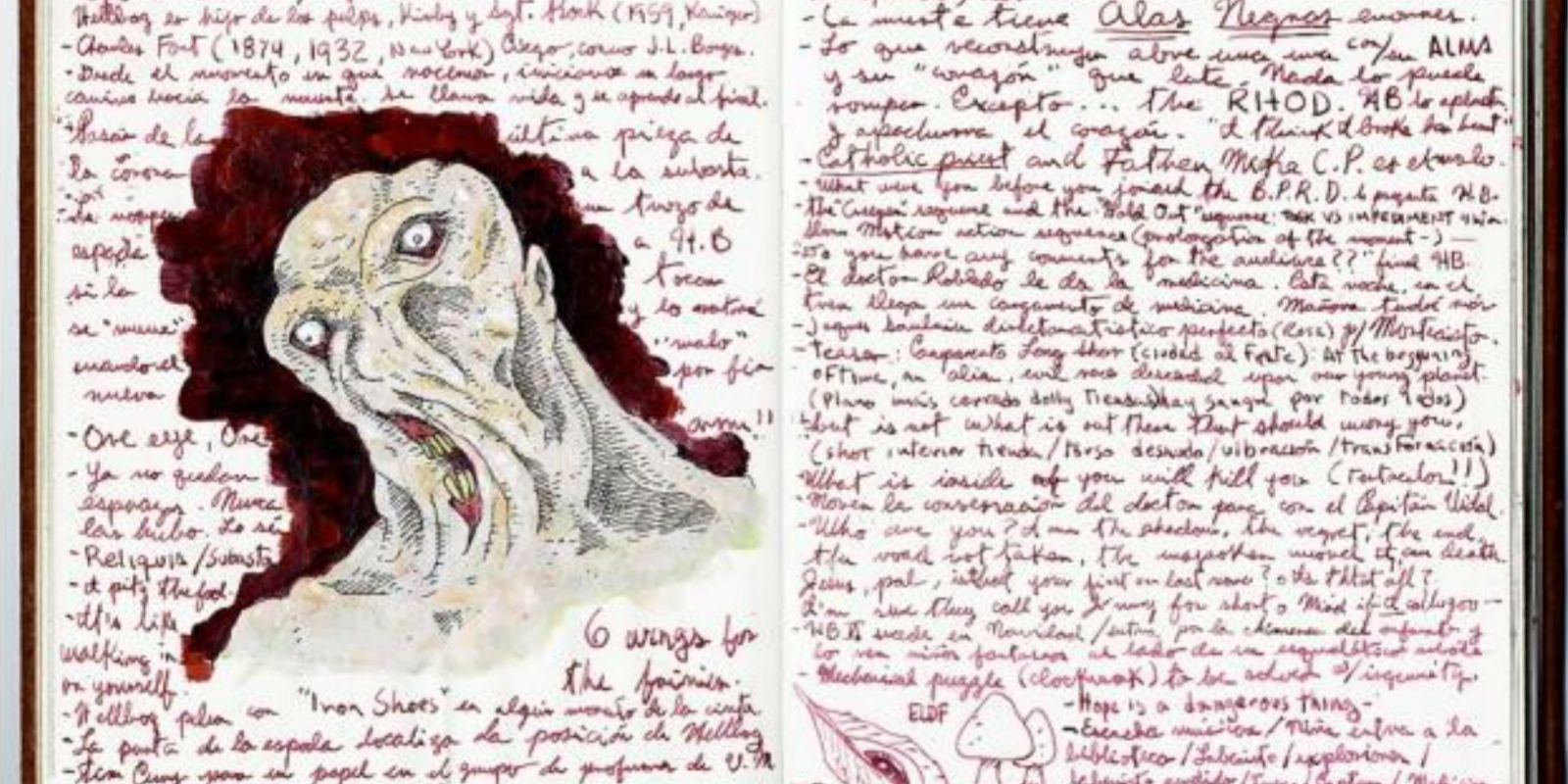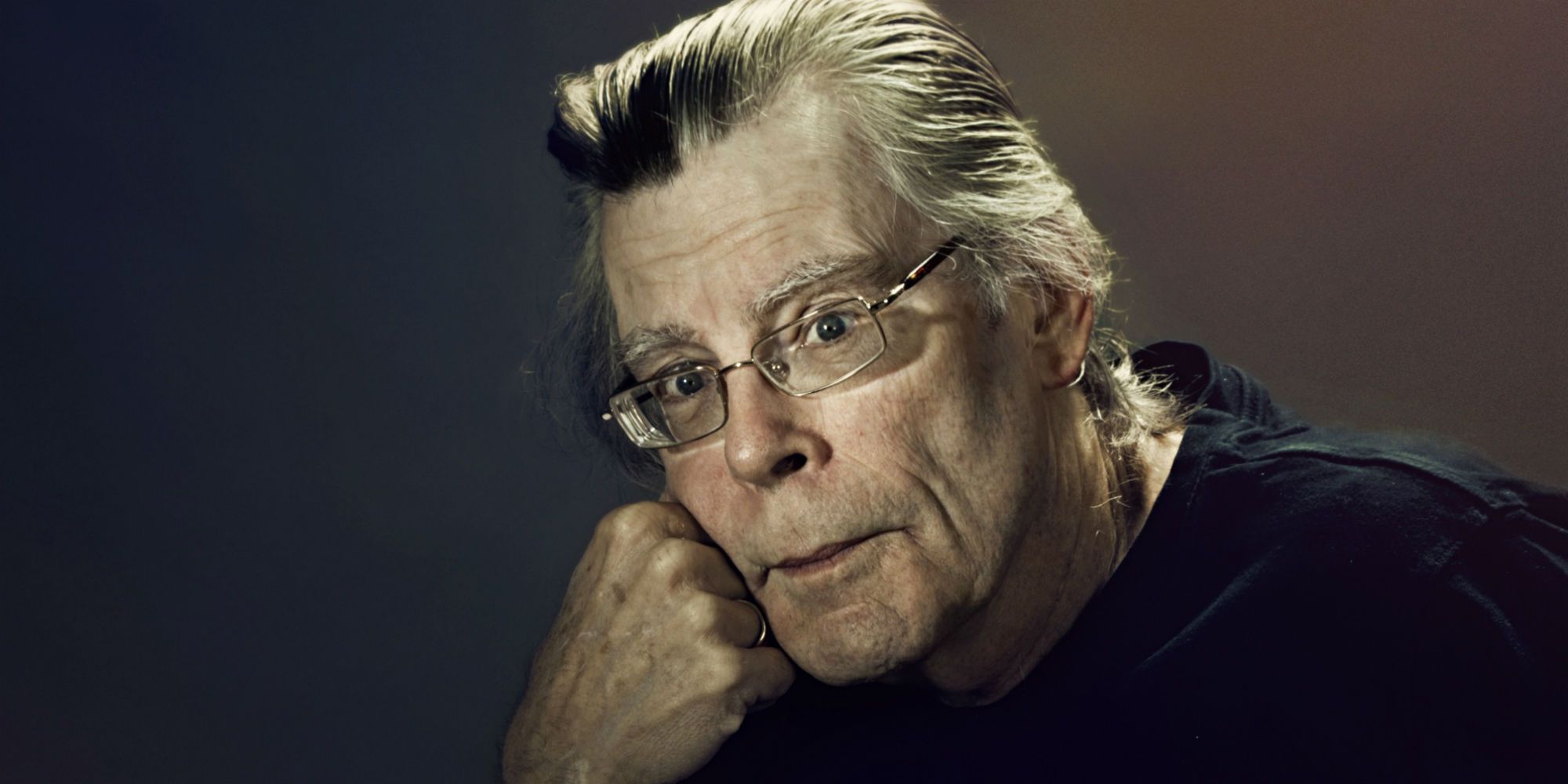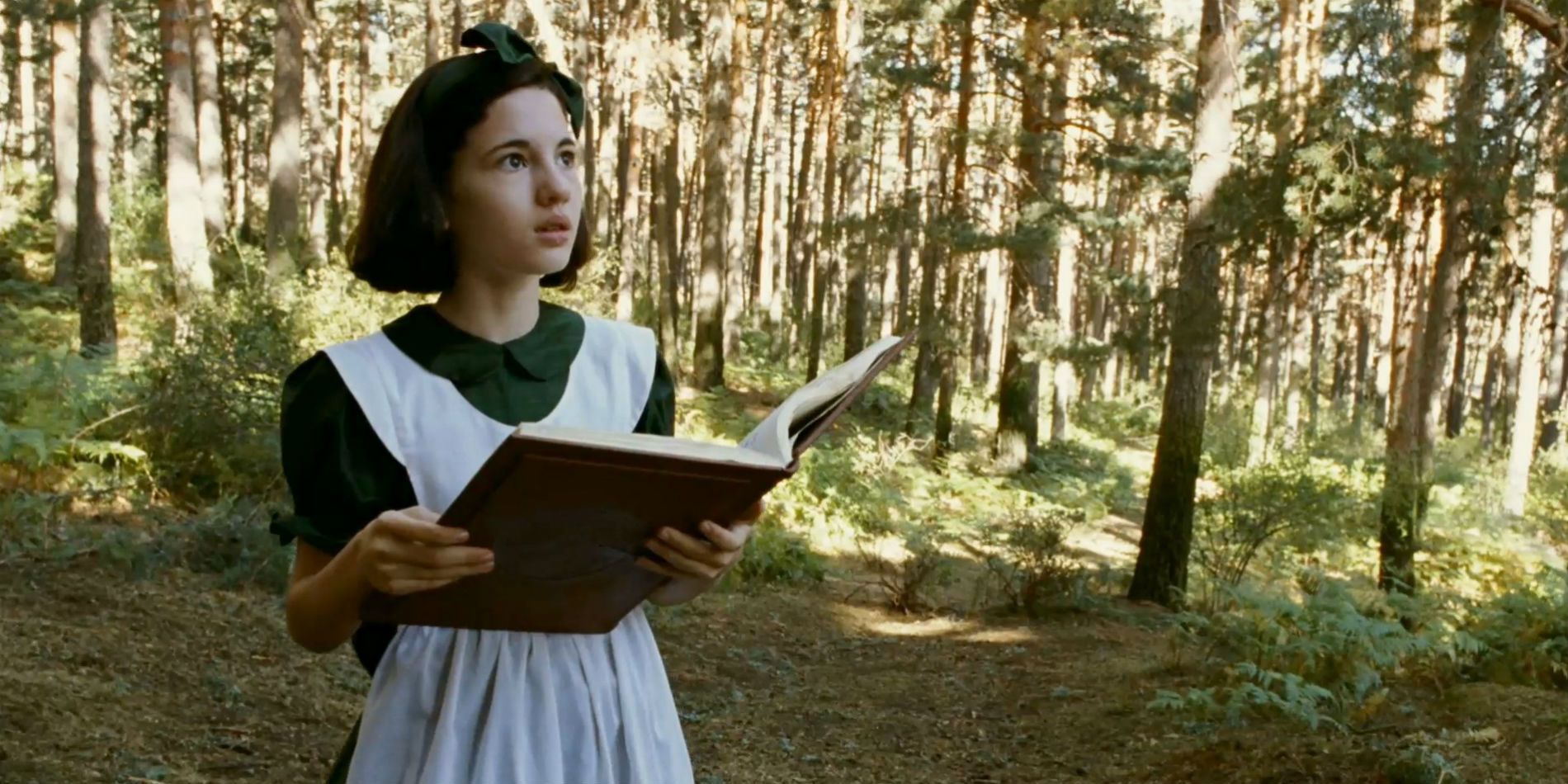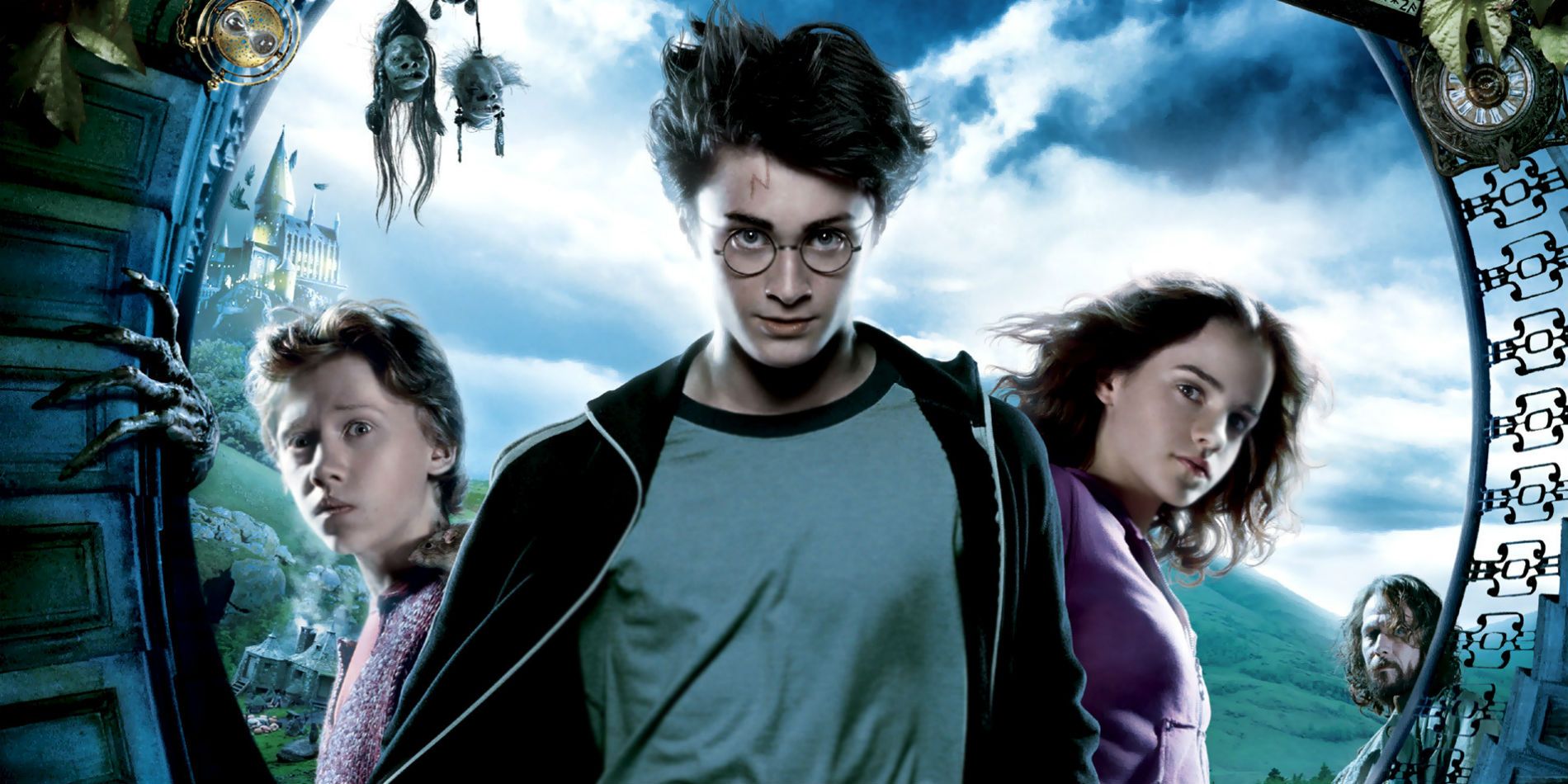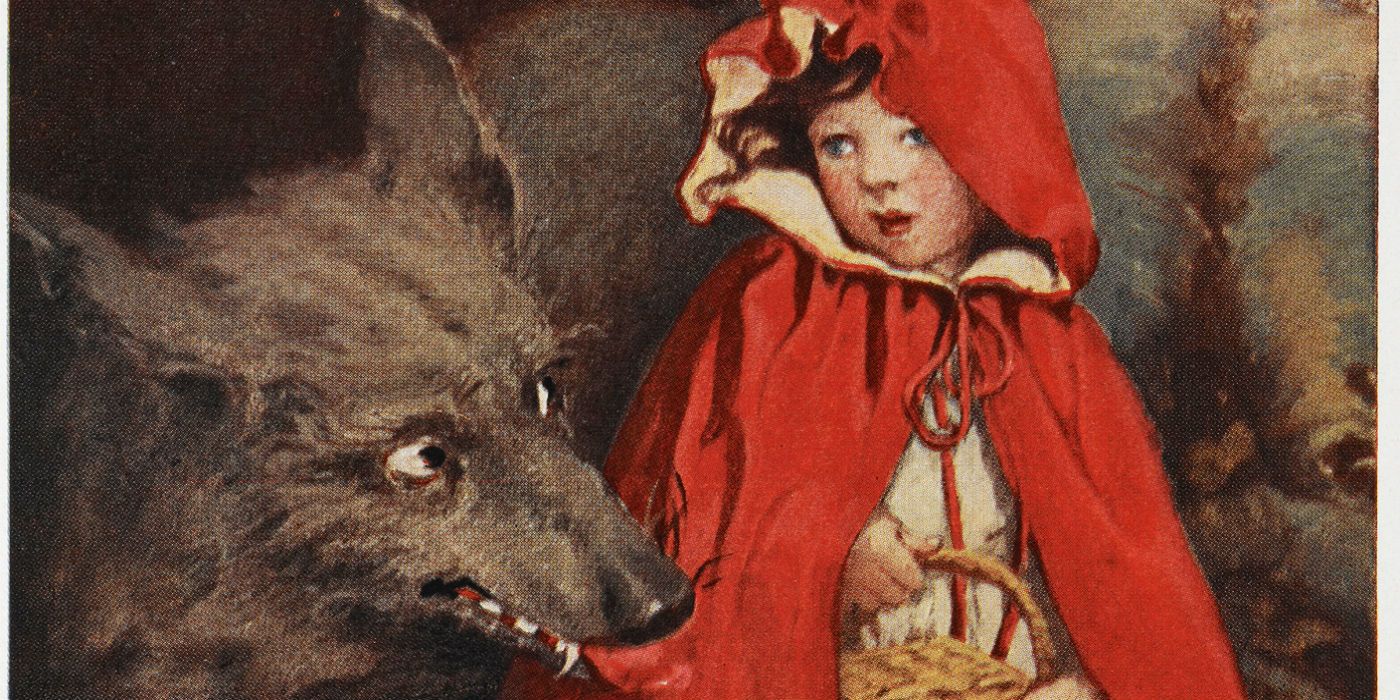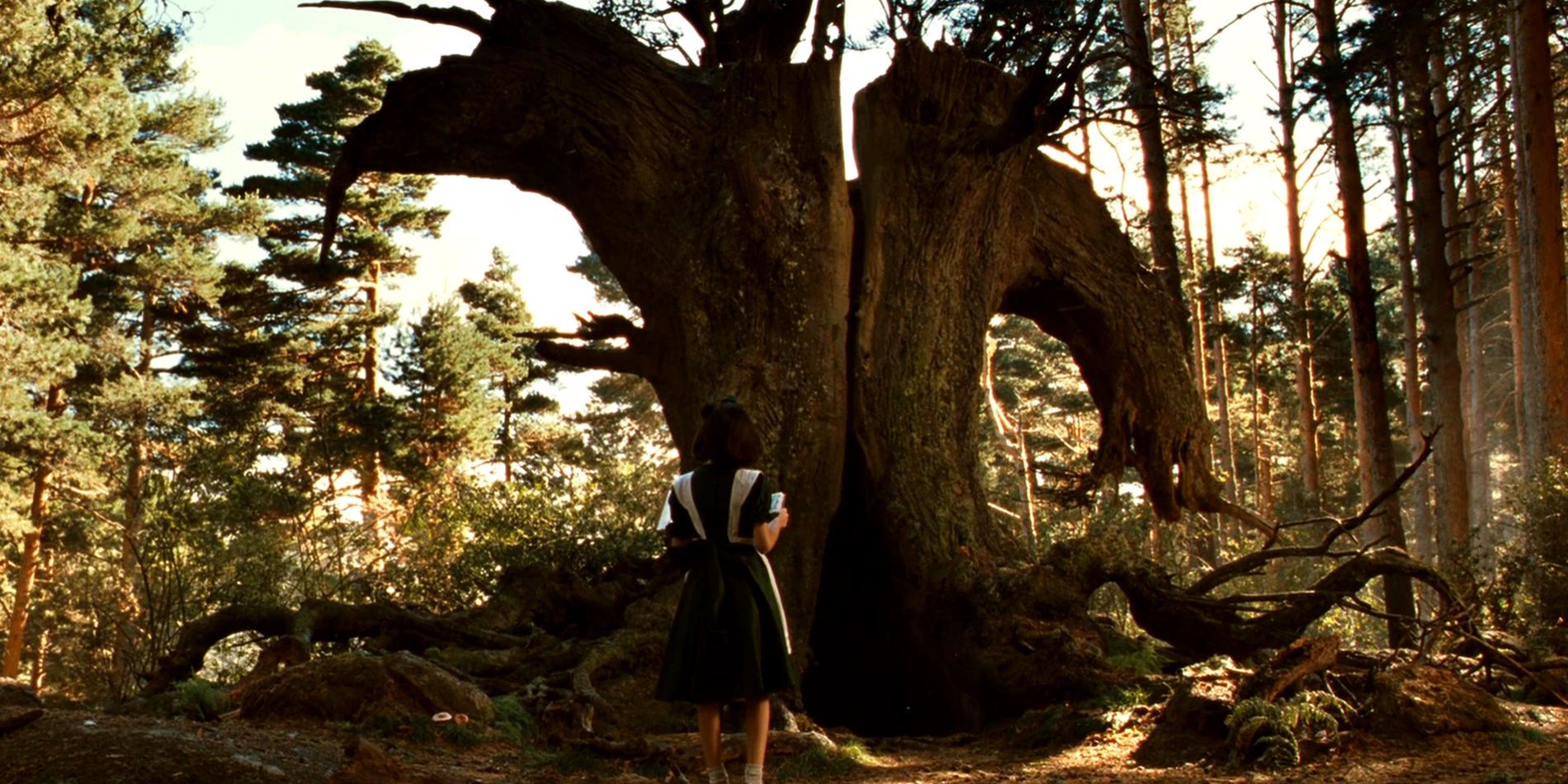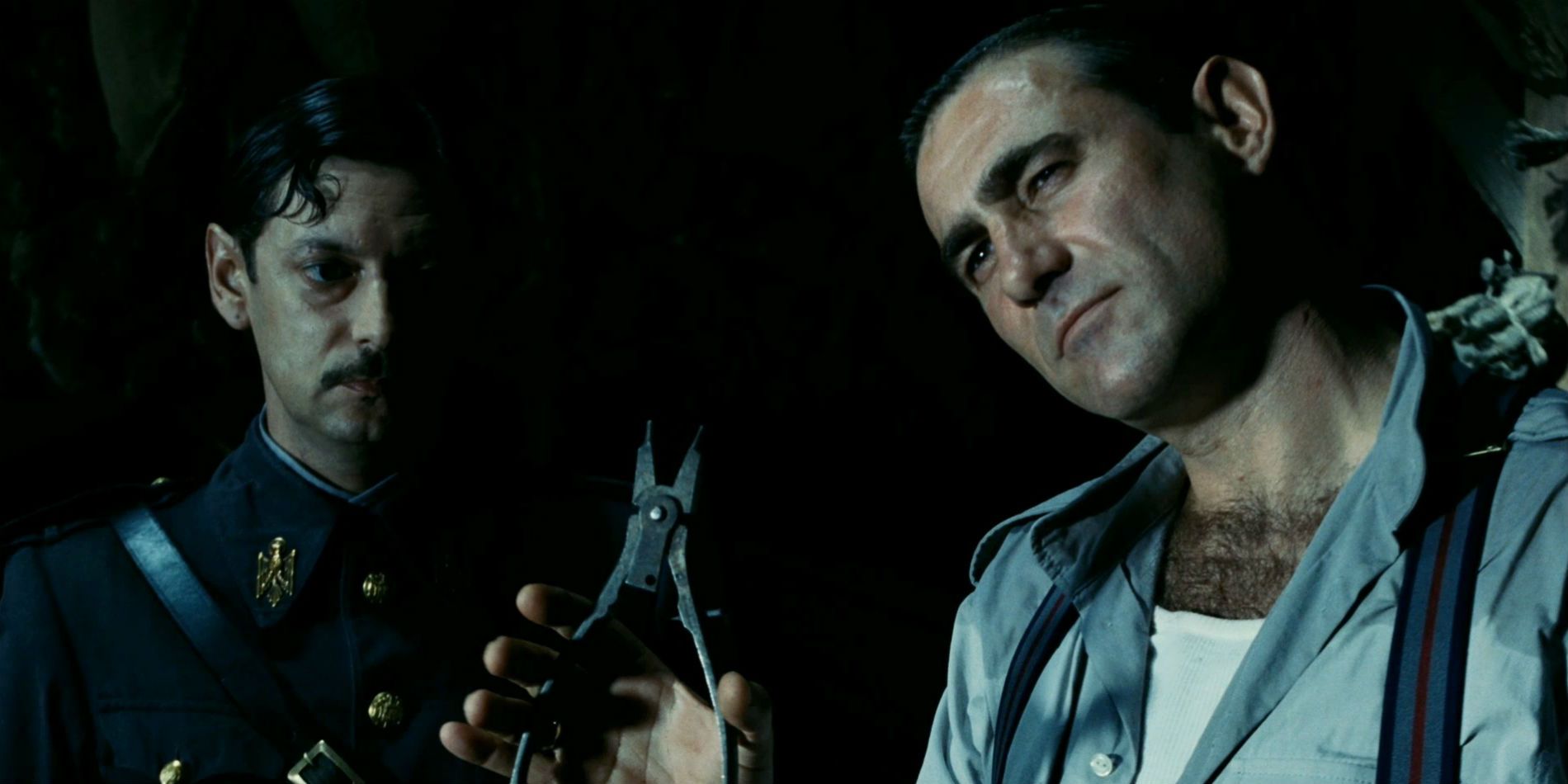It’s hard to believe that over ten years have passed since “Pan’s Labyrinth” first graced our screens. The film originally appeared as if it could be a children’s movie, but the reality proved to be much different. “Pan’s Labyrinth” is a dark, adult take on the fantasy genre, one that does not shy away from poignant violence and frightful imagery; a film that has earned its R rating.
RELATED: Rogue One: The Star Wars Story’s 15 Best Easter Eggs
The fully-Spanish language film was initially released at the Cannes Film Festival in May of 2006, where it received a standing ovation. From then on, its international release was staggered, first in the UK in November 2006, and then in the States and Canada. The film received international acclaim, and was a landmark for the fantasy film genre. In celebration of its 10th anniversary and lasting impact, here are 15 little known facts about the great film that is “Pan’s Labyrinth.”
15 THE FAUN CAME FROM A DREAM
Inspiration is a nuanced phenomenon, and the imagery of the faun came to del Toro through a re-occurring dream he had as a child. He stated on “The Charlie Rose Show” that for years he would wake up at midnight, and see a faun step out from behind his grandfather clock. He did not find this lucid dream frightening, only intriguing, and it helped further developed his creative mind.
The faun we see in the movie did not emerge fully formed like the one behind the clock, but went through several transformations. The faun that del Toro saw in his dream was the classic half-man half-goat creature from Greek mythology that was beautiful to behold. This creature did not fit the world del Toro was building, and was changed to appear mossy, earthen and ambiguous. It is never quite clear whether you should trust him or not, and he can go from respectful to enraged in moments. The name “Pan” is also somewhat misleading, and it was only given to him to familiarize the story with Western audiences.
14 THE PALE MAN IS A HYBRID
The Pale Man is one of the most enduring images in “Pan’s Labyrinth.” He is grotesque and unsettling, and a mirror image to the monstrosity that is Ofelia’s stepfather, Vidal. He is a creature wholly unique to the world of cinema, mainly because he borrows from more mythologies than one.
There are three distinct mythological elements that can be found in the Pale Man. The first is the stigmata. The wounds on his hands draw directly from this symbol, which usually represents piety and grace. They take on a whole new identity once he places his eyes within them, like a Tenome from Japanese mythology. The word “Tenome” literally translates to “eyes on hands,” and these creatures are usually portrayed as deplorable and gruesome, much like the Pale Man himself. The final image is that of the lavish dinner in the fairy world from early European mythology, from which you can never return if you partake. To eat the food gives the fairies power over your mortal soul, and Ofelia was foolish enough to indulge in the presence of the Pale Man, an act she would immediately regret.
13 THE FAUN IS SUPER COMFORTABLE
Many actors would tell you that practical effects, especially costumes, can be horrendously unwieldy things. They are hot, heavy and reduce vision, and though they pay off in the end, the process is a struggle for all those involved.
Del Toro was extremely proud of his faun suit, and Doug Jones agreed that it was the right mixture of practicality and comfort. The legs were designed to look animalistic, and were controlled by the actor’s real legs, which were edited out in post-production. They gave the already 6 foot 4 actor a seriously imposing height. The suit divided into many sections, with the legs anchored to Jones’ hips to distribute the weight better, and a stomach section that was separate from the shoulder section to allow ease of movement. The eyes and ears were controlled remotely, and allowed for a wide range of expression in the faun’s features. The intricate horns were quite heavy, though, weighing 10 pounds, but were the final touch the incredible costume needed.
12 THE FILM IS DEL TORO’S BABY
“Pan’s Labyrinth” could have been a very different movie. Director Guillermo del Toro was approached by multiple Hollywood producers who wanted to make the film more accessible to a broader audience. This meant less gore, less horror, a more light-hearted tone and an English script. Naturally, del Toro refused them all; “Pan’s Labyrinth” was not about profit, but vision.
Del Toro is famous for meticulously sketching out his film ideas, and “Pan’s Labyrinth” is no different. The concepts for the movie began gestating in 1993. For years he drew and re-drew monster ideas in his book, and did everything possible to ensure the images from the page found their way to the screen. He gave up his entire directors salary to ensure that the budget requirements were met, and wrote all the English subtitles himself so none of his ideas were lost in translation. He refused the “market desires” of Hollywood, and created a fairy tale that was dark, thoughtful and nuanced. To this day, del Toro regrets none of the sacrifices he made to bring his vision to life, and rightfully so.
11 IT INSPIRED A BJORK SONG
Movies, literature and comic books are all excellent fodder for songwriting inspiration. “Pan’s Labyrinth” is full of layered themes, powerfully storytelling and stark imagery, and all of this was enough to inspire Icelandic songwriter Bjork to create a new song after she watched the film. Thus, “Pneumonia,” from the album Volta, was conceived, a sorrowful ballad that laments the impossible position in which Ofelia finds herself.
The song is minimalistic, but all the more powerful for it. Consisting of just a horn section and Bjork’s haunting wail, it conveys a very powerful feeling of ponderous sorrow. The lyrics are where the song truly shines, and where the connection to “Pan’s Labyrinth” is made evident. Bjork begins by stating, “Get over that sorrow girl/the world is always going to be made of this” -- a plea for Ofelia to accept the reality that she lives in. She laments Ofelia's pain and many losses though the lyrics, singing, “all the still-born love that could’ve happened/All the moments you should have embraced/All the moments you should not have locked up.” Finally, Bjork proclaims Ofelia’s full disdain of the real world by saying, “You’re just crying after all/Not to want them humans around/Anymore.”
10 THE FAUN DIDN'T SPEAK SPANISH
Doug Jones, the actor who played the Faun and The Pale Man in “Pan’s Labyrinth,” is a man of many talents. A former contortionist, he is often hired to play inhuman characters or act in commercials. Of course, he and del Toro previously worked together on “Hellboy” (Jones played Abe Sapian), but his role in "Pan’s Labyrinth" would be a whole new challenge.
He was hired to play the two most fantastical and twisted characters in the film, a task that was no problem for Jones. Being born in Indianapolis, however, he did not speak a lick of Spanish, unlike everyone else on the set. This did not deter Jones, and he took it upon himself to memorize every Spanish line to phonetic perfection, and to grasp the meaning of each word and phrase. An archaic form of Spanish was used in the film, so this only added to the challenge. He also memorized the Spanish of Ofelia’s lines, as he wanted their conversations to sound authentic. His voice was ultimately overdubbed in the final product, but his perfect memorization and intonation of the lines made the process much easier than it could have been.
9 IT WAS (ALMOST) PART OF A TRILOGY
“Pan’s Labyrinth,” unbeknownst to many, in the spiritual successor to another del Toro classic, “The Devil’s Backbone.” Both follow the stories of children caught up in the horror of the Spanish civil war, and feature supernatural elements bleeding into the real world. These films were leading up to the third movie in a thematic trilogy called “3993,” but this project was put on hold for “Hellboy II: The Golden Army,” and has yet to return to the production table.
The themes of isolation, the fantasy of freedom and obedience vs. disobedience permeate “The Devil’s Backbone” and “Pan’s Labyrinth,” and it is curious to imagine how “3993” would have carried this torch. The details on it are sparse, but intriguing. “3993” relates to the years 1939 and 1993, two years that would have had great significance in the film. The story was set to revolve around the opening of graves of the Spanish Civil War, and was once again was going to be completely in Spanish. Perhaps one day it shall be completed, but judging by del Toro’s production schedule, this won’t be anytime soon.
8 IT WAS ALMOST LOST (IN A CAB)
As previously mentioned, del Toro’s most famous production technique is to sketch out his film ideas years before they are scripted. For every movie he makes there are pages and pages of monster designs, and tomes of scrawled concepts in both Spanish and English. The making of “Pan’s Labyrinth” was no different, and four years of work on the film was almost lost in a single night of carelessness.
While returning to his London hotel one night, del Toro left his sketchbook in the cab that he arrived in. By the time he realized it was too late, the cab was long gone. Within the book was all the prep work for “Pan’s Labyrinth,” and other films as well. He contacted the police and the cab company with no avail, and was close to giving up when all his fortunes changed. The cab driver spotted the sketchbook and returned it to the hotel two days later, and the ecstatic director thanked him with a $900 tip. del Toro took this as a sign to go ahead with his movie, an act that would propel his career to the stratosphere.
7 IT SCARED STEPHEN KING
Stephen King is the undisputed master of horror, not to mention a powerful inspiration for del Toro. During a screening of “Pan’s Labyrinth,” del Toro had the honor of sitting next to the literary legend, and could gauge his reactions firsthand. During the scene where the Pale Man chased Ofelia down the hall, King noticeably squirmed, and this was all the confirmation that del Toro needed. He compared the experience as akin to winning an Oscar.
Stephen King would go on to further praise del Toro’s work, and heaped praise upon 2015’s “Crimson Peak.” After viewing the film, he took to Twitter and stated it was “gorgeous and terrifying” and “electrified me like Sam Raimi’s 'Evil Dead' back in the day.” A horror director really can’t ask for much more. There is the possibility that del Toro and King will work closely together one day, as the director has stated he would kill to remake “Pet Sematary.”
6 THE SCRIPT WAS CHANGED FOR THE LEAD
When del Toro fist penned his script, he was picturing a girl of about 8 or 9. This all changed when Ivana Baquero did her audition, and absolutely crushed it. There was nothing del Toro could do. He had found his Ofelia, but she was 11, older than the character he had envisioned. But no matter, for in film, sacrifices sometimes must be made, and del Toro went about adapting the entire script to someone who was a little bit older.
The film truly kickstarted Baquero’s acting career, and she won multiple awards for her work, including the Goya and Premio ACE for Best New Actress and the Imagen Award for Best Actress. Since “Pan’s Labyrinth,” Baquero has appeared in multiple Spanish language films and TV shows, and was featured in the Sophie Turner vehicle, “Another Me.” Her most recent and most prestigious role is in “The Shannara Chronicles,” where she plays Eretria.
5 IT STOPPED DEL TORO FROM DIRECTING HARRY POTTER
In an alternate dimension, we would have no “Pan’s Labyinth,” but several other classic films with a much creepier tone. The remake of “The Lion The Witch And The Wardrobe” was originally going to be helmed by del Toro, but he was too busy preparing “Pan’s Labyrinth” to take it on. We still got to see del Toro’s take on a faun, though his style may not have suited Mr. Thomas so well. Del Toro would have made the White Witch a truly terrifying piece of work, and would have undoubtedly amplified the morbid aspects of Narnia to great effect.
He was also offered to direct “Harry Potter and The Prisoner Of Azkaban,” but he happily gave that honor to his friend, Alfonso Cuaron. He found that the “Harry Potter” film Universe was just too bright and cheery for his tastes, even though the third film was where things began to get darker and more mature. If given the option, del Toro said he would have loved to direct the first film, for it has a dreary Dickensian nature that he would have loved to dig into and explore.
4 IT EMBRACES FAIRY TALE TRADITIONS
The modern understanding of the fairy tale is a bit skewed, even though we don’t realize it. In the stories we know, the brave prince saves the day, while the princess escapes all peril completely unscathed, learning nothing except that she must wholly depend on others for safety.
The Brother’s Grimm are the most famous compilers of folk tales, but before they watered everything down, the stories were much more visceral. They were designed to frighten children, and teach them lessons about the world. They rarely had happy endings, and many people died before the story was finished. “Pan’s Labyrinth” fearlessly revisits this tradition, and reveals a world that is as fantastic as it is cruel. Ofelia is caught in a war, and the fantasy world comes to life before her eyes, and seeks to save her from her torment. Her tasks are not easy, and she stumbles along the way, and has to face horrors beyond imagination. Like the fairy tales of old, her story teaches us that there is hope in the darkest places, and nothing is achieved without great sacrifice. It is a story that young and old can appreciate, and will remain timeless for its intrepid honesty.
3 IT IS RIFE WITH SYMBOLISM
Just about every frame of “Pan’s Labyrinth” carries weight, and every image and motif relates back to the film’s broader meanings. The re-occurring symbols throughout the film are almost too numerous to count, but here are a few of the most important ones.
Ideas surrounding fertility and rebirth play large rolls in the overarching narrative, and the tree that Ofelia crawls under to retrieve the key from the giant toad looks like more than just the faun's horns. It resembles the entire female reproductive system, an image that reappears in her book in blood-red ink right before Ofelia’s mother goes into labor. The color scheme of the film is also very telling, as the fantasy realm is bathed in golden hues that contrast the drab grays and blues of the real world. Vidal is another character steeped in symbolism, and his fascist obsession with time is reflected by his mechanical looking room and his fierce desire to control every detail in the waking world. This only scratches the surface of the symbolism in “Pan’s Labyrinth,” and each viewing seems to reveal more -- a truly intricate and intimate work.
2 THE VIOLENCE IS BASED ON REALITY
“Pan’s Labyrinth” is a film that uses violence to great effect. Every brutal act carries significance, and reflects the harsh reality of war-torn Spain. One of the most unsettling scenes is when Captain Vidal captures a pair of anti-fascists and smashes one’s face in with an empty glass bottle.
The most frightening part about this scene is that it is based on an event that actually occurred. There is a story of a Spanish fascist elite who entered a grocery store, and one of the citizens refused to remove his hat in his presence. The fascist reacted by smashing his face in with a pistol. Del Toro wanted to include this story into the film, and used his own experiences to supplement it. He grew up in a violent part of Mexico, and has seen his fair share of horror. One event resulted in him and a friend getting into a street brawl, and while his friend was being beaten by a bottle, he could only be amazed by the fact that it didn’t break. This feeling found its way into “Pan’s Labyrinth,” and created one of the most unsettling scenes in film history.
1 IT WAS INSANELY SUCCESSFUL
Despite all the pain, setbacks and frustrations that went into its conception, Guillermo del Toro’s dedication to his vision paid off, and “Pan’s Labyrinth” became one of the most successful Spanish language films ever. With a modest budget of $19m, it grossed over $83m, and out-performed the most successful Spanish language film at the time, “Like Water For Chocolate.”
The number of awards that "Pan’s Labyrinth” won is staggering. To begin with, it won three academy awards, for Best Art Direction, Cinematography and Makeup. It won three BAFTA awards, which were Best Foreign Language Film, Costume Design and Makeup. It completely cleaned up in the Spanish language award community, winning nine Ariel Awards and seven Goya awards. It also won best picture from the National Society of Film Critics, and several sci-fi and fantasy film awards. This success shows what happens when a visionary director is uncompromising in their work, and does not let the push and pull of Hollywood influence drive them off course. “Pan’s Labyrinth” is a film that will stand the test of time, and deserves all the praise it has earned.
What are your favorite "Pan's Labyrinth" factoids? Let us know in the comments!


